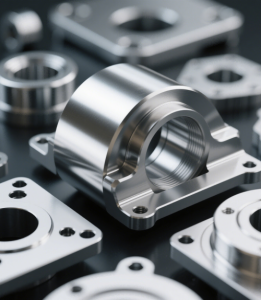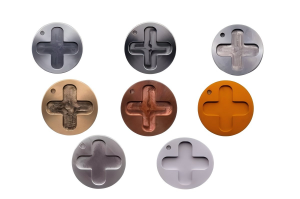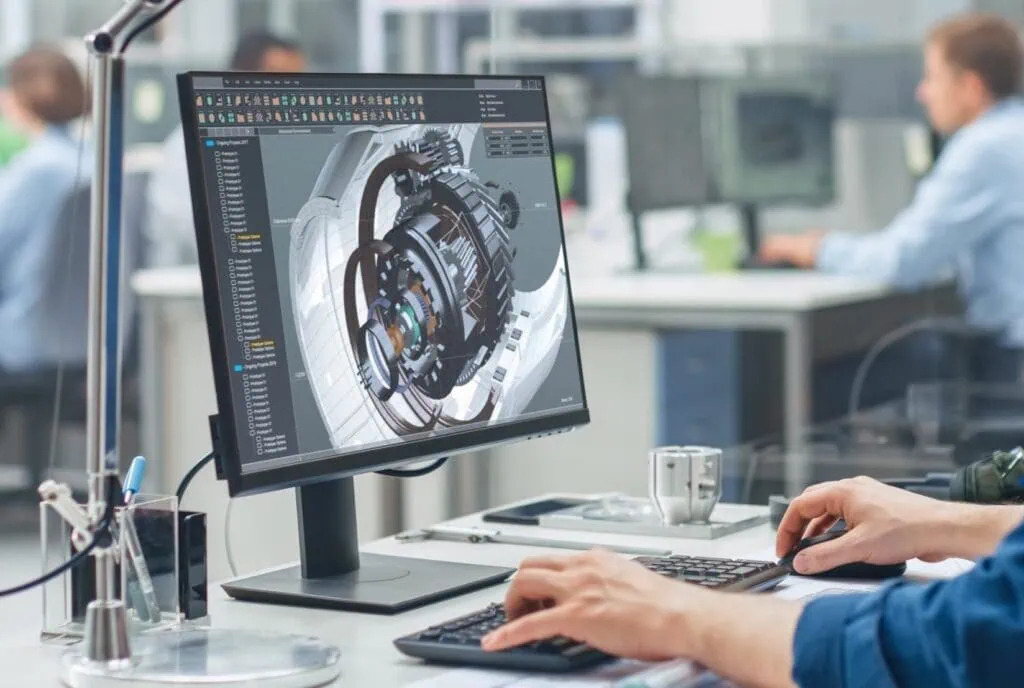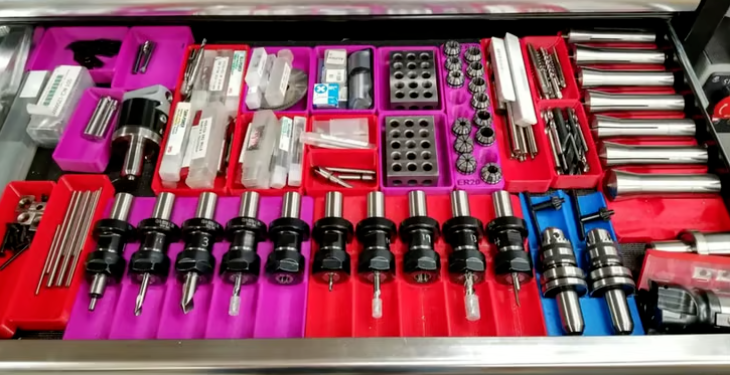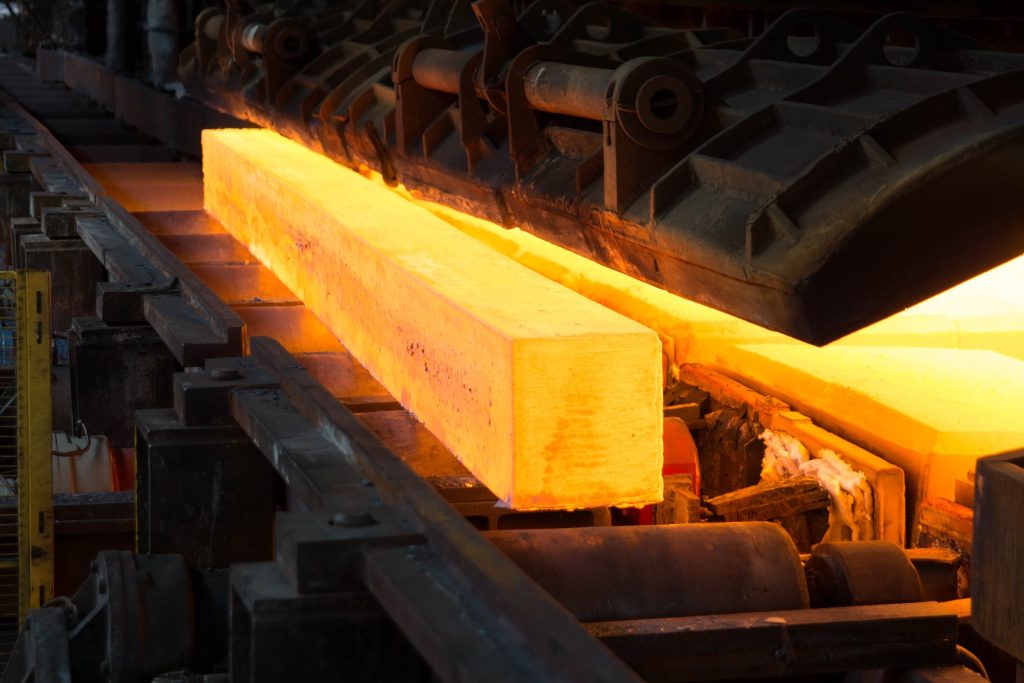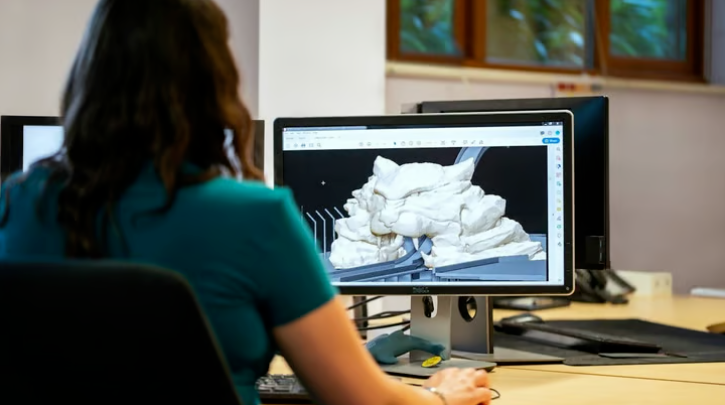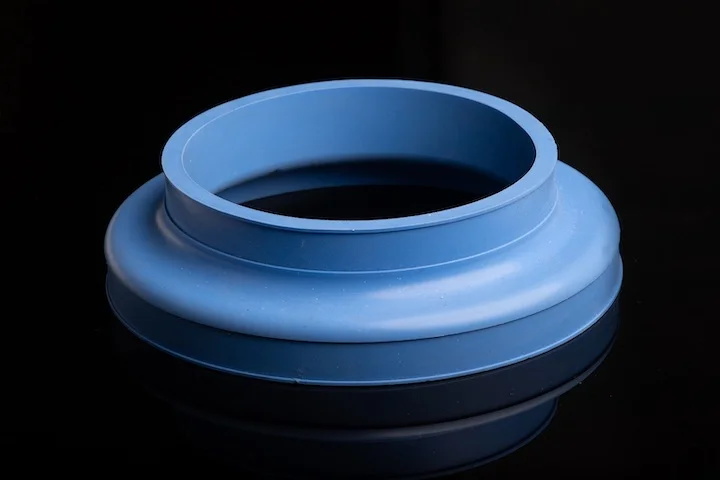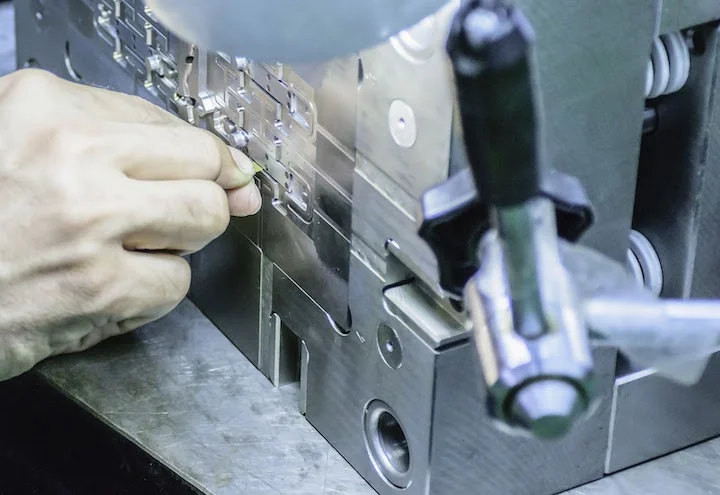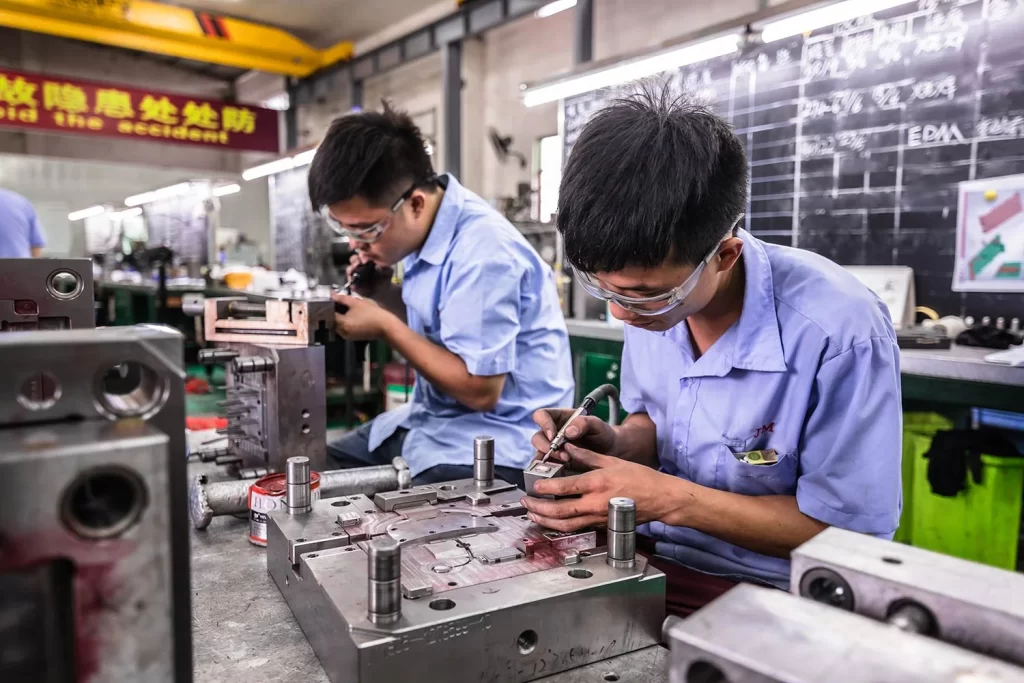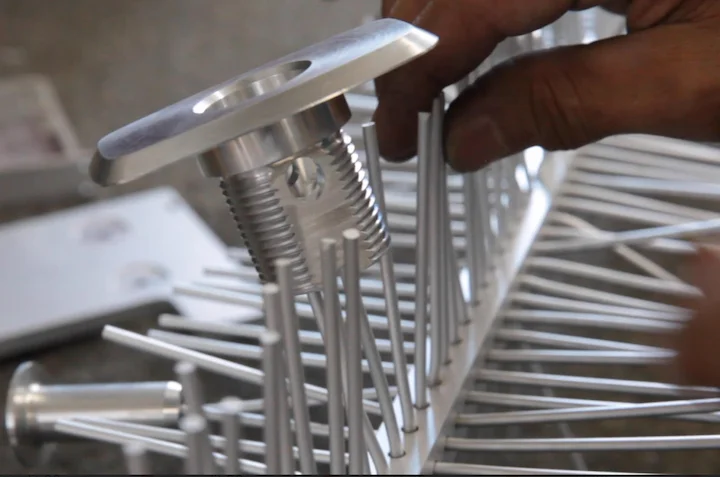In the realm of modern manufacturing, China’s aluminum sheet metal fabrication stands as a testament to advanced engineering and innovation. This blog aims to explore the fascinating world of Chinese aluminum sheet metal manufacturing, illuminating its processes, advantages, and pivotal role across industries. Whether you’re a seasoned professional or a curious novice, you’ll find this exploration both enlightening and engaging.
What is Aluminum Sheet Metal Fabrication?
Aluminum sheet metal fabrication is a manufacturing process that transforms aluminum sheets into various products through cutting, bending, and assembly. This process is vital for producing components used in a wide range of applications—from aerospace and automotive to construction and consumer electronics.
The use of aluminum is widespread due to its lightweight nature, durability, and corrosion resistance. In China, driven by technological advancements and growing demand for high-quality components, aluminum sheet metal fabrication has evolved significantly.
The Manufacturing Process
China’s aluminum sheet metal fabrication involves several key stages, each critical to ensuring the final product meets precise specifications. Let’s break down these stages:
1. Design and Planning
The process begins with detailed design, typically created using CAD (Computer-Aided Design) software. This stage involves planning the dimensions, shape, and tolerances of the aluminum components to be manufactured.
2. Material Selection
High-quality aluminum sheets are chosen based on required properties such as thickness, strength, and alloy type. China’s aluminum industry offers a wide range of options, ensuring manufacturers can select the optimal material for their needs.
3. Cutting
Aluminum sheets are cut into the desired shapes using various methods, including laser cutting, waterjet cutting, and mechanical shearing. Each method offers distinct advantages, such as precision or cost-effectiveness.
4. Bending and Forming
After cutting, aluminum pieces are bent and shaped into their final form, typically using press brakes and other forming tools. Precision at this stage is crucial to ensure parts fit perfectly in the final assembly.
5. Joining and Assembly
Components are then joined together using methods like welding, riveting, or adhesive bonding, ensuring the final product is both sturdy and functional.
6. Finishing
The final stage involves finishing processes such as anodizing, powder coating, or painting. These surface treatments not only enhance the appearance of aluminum components but also provide additional protection against corrosion and wear.
Why Choose Aluminum?
Aluminum is selected for many applications due to its unique properties:
- Lightweight: Aluminum is significantly lighter than other metals, making it ideal for applications where weight reduction is critical.
- Durability: Despite its lightness, aluminum is strong and resilient, with excellent wear resistance.
- Corrosion Resistance: Aluminum naturally forms a protective oxide layer that prevents corrosion, making it suitable for outdoor and harsh environments.
- Versatility: Aluminum can be easily molded and formed into complex designs, enabling a wide range of applications.
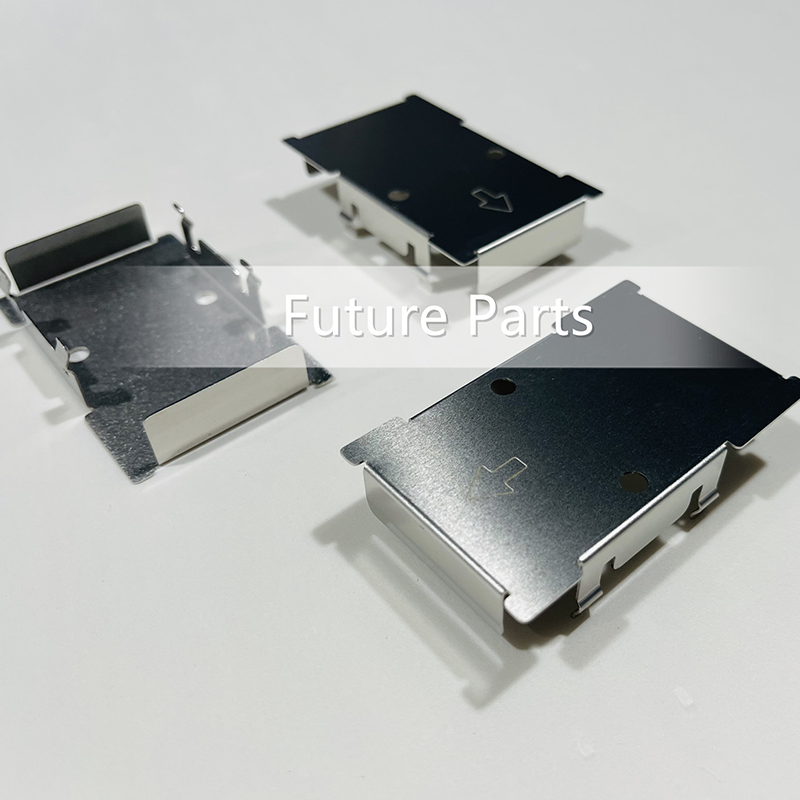
China’s Role in Aluminum Sheet Metal Fabrication
China has emerged as a global leader in aluminum sheet metal fabrication due to several factors:
- Advanced Technology: Chinese manufacturers invest heavily in advanced machinery and technology, enabling precise and efficient production of high-quality aluminum products.
- Cost-Effectiveness: Competitive labor costs combined with efficient production techniques allow Chinese manufacturers to offer cost-effective solutions without compromising quality.
- Large Production Capacity: China’s extensive manufacturing infrastructure allows for large-scale production runs, catering to both small and large orders.
- Skilled Workforce: China’s skilled labor force excels in handling complex manufacturing tasks, ensuring products meet strict standards and specifications.
- Innovative Practices: Continuous innovation in manufacturing techniques and materials ensures Chinese manufacturers stay at the forefront of industry advancements.
Applications of Aluminum Sheet Metal
Aluminum sheet metal finds applications across industries, each benefiting from its unique properties:
- Aerospace: In aerospace, aluminum is used for aircraft structures and components due to its strength-to-weight ratio and fatigue resistance.
- Automotive: Automakers use aluminum to reduce vehicle weight, improve fuel efficiency, and enhance performance.
- Construction: Aluminum is used in building facades, roofing, and structural components, combining aesthetic appeal with durability.
- Electronics: In electronics, aluminum is used for casings, heat sinks, and other components due to its thermal conductivity and lightweight properties.
- Consumer Goods: From kitchen appliances to sports equipment, aluminum sheets are used in various consumer products for their versatility and appearance.
The Future of China’s Aluminum Sheet Metal Fabrication
Looking ahead, the future of China’s aluminum sheet metal fabrication will be shaped by several trends:
- Sustainability: Growing focus on sustainable practices, including aluminum recycling and reduced environmental impact. Chinese manufacturers are adopting green technologies to meet global standards.
- Customization: As industries demand more customized solutions, the ability to produce tailored aluminum components will become increasingly important, enabled by advanced manufacturing technologies.
- Technological Advancements: Innovations in manufacturing technologies like 3D printing and automation will continue to enhance efficiency and expand application possibilities for aluminum sheets.
- Global Competition: With intensifying global competition, Chinese manufacturers will need to maintain high quality and service standards while continuing to offer competitive pricing.
Conclusion
China’s aluminum sheet metal fabrication represents a fusion of tradition and innovation, combining advanced technology with deep material expertise. Its influence spans industries, driving progress in everything from aerospace to consumer goods. As the sector continues to evolve, China’s position as a leader in aluminum sheet metal fabrication is likely to grow, bringing exciting opportunities and challenges for manufacturers and consumers alike.
Whether you seek to understand the complexity of manufacturing processes or explore the potential applications of aluminum sheet metal, it’s clear that this field is both dynamic and essential to modern manufacturing.
For more information, please contact Debaolong Seiko.

